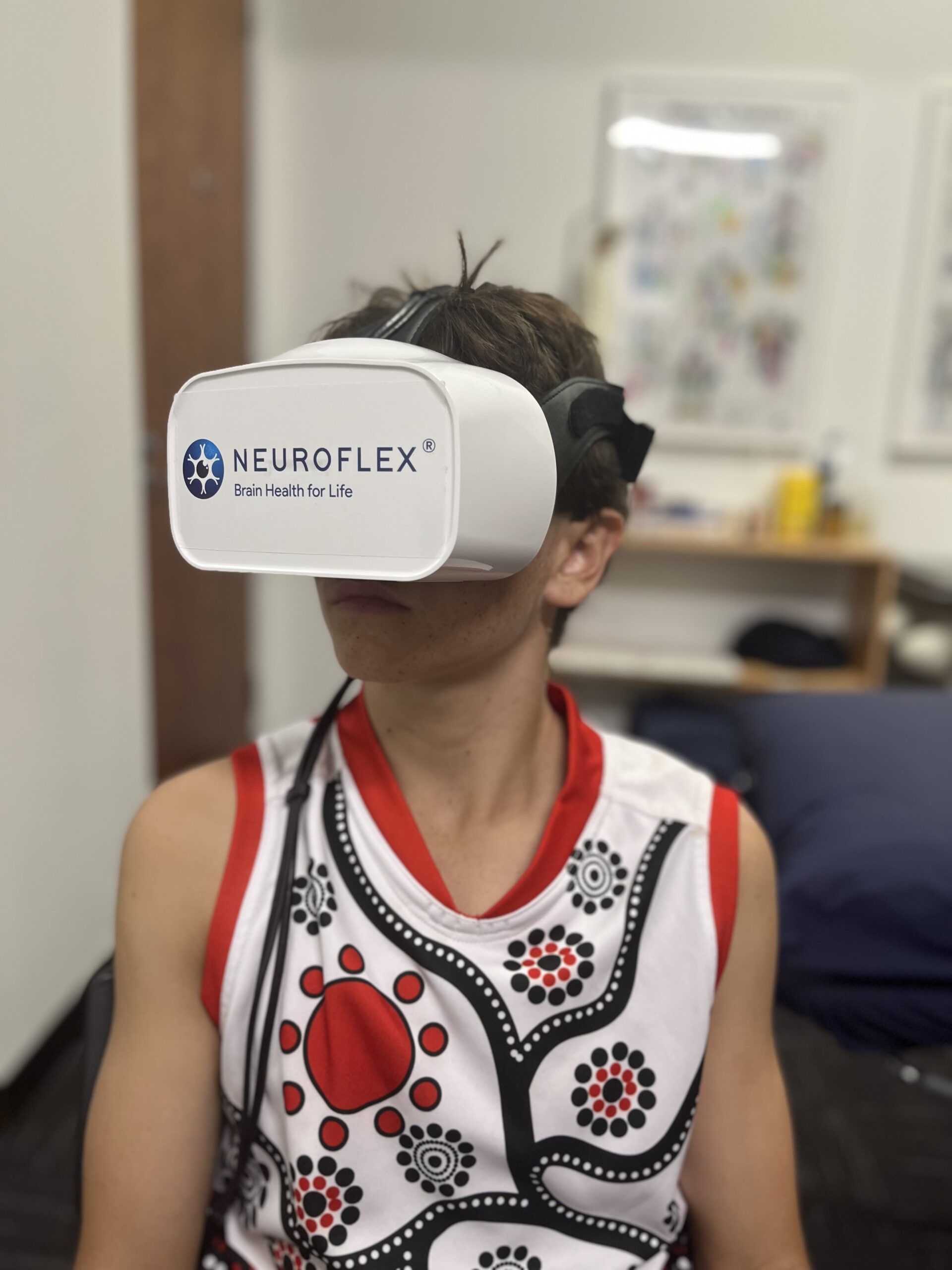A sore knee that locks, clicks, catches or gives way can indicate that you might have a knee meniscal tear. Physiotherapists and Doctors can test the knee to determine if it is likely there is a meniscal tear. An MRI can then confirm the injury. Previously, all meniscal tears were referred to an Orthopaedic Surgeon for surgical repair, however, now the trend is to avoid surgery if possible, in order to preserve the knee joint in the longer term.
What is a Meniscus?
The meniscus is a piece of cartilage that sits in the knee between the thigh (femur) and the shin (tibia). It is made of a similar type of sturdy cartilage that is found in your ears.
Interestingly the meniscus has NO nerve supply. This means that you could cut the meniscus and feel NO pain.
What makes a meniscal tear injury painful is that it can block the normal glide of the knee and pull on the capsule, which will stimulate inflammation, causing swelling and pain.

The meniscus sits in the middle of the knee and provides stability and shock absorption.
Image source: www.kneeandshoulderclinic.com.au
What does a meniscus do?
The Meniscus provides stability and shock absorption for the knee. As we walk, run and jump, the knee absorbs all the ground impact forces through the meniscus.
Meniscus injuries
Meniscus injuries (meniscal tears) are commonly caused by twisting the knee when the foot is planted on the ground. Therefore, it is commonly injured playing basketball, soccer and football.
However, meniscus injuries can also occur without trauma due to normal age related changes within the joint. These injuries can go unnoticed until an individual does something that flares up the knee joint.
Most meniscal tear injuries occur in sport when the foot is planted and the knee twists.

The various types of meniscal tears.

What is the best way to a treat meniscal tear injury?
Surgery or Physiotherapy?
In the past surgery to ‘tidy up’ the meniscus was the standard approach.
Surgical Repair of Meniscal Tears

Recent research suggests that there is no difference in clinical outcomes between surgery and non-surgical approaches (such as physiotherapy) when treating a meniscal tear injury.
Some studies suggest that having meniscal surgery, which will reduce the knee’s shock absorption capacity, can actually speed up arthritis. Therefore, meniscal tear surgery may actually be counterproductive and increase the likelihood of needing a total knee replacement in the future.
Surgical repair, however, is recommended:
- if the tear is deep into the centre of the meniscus
- if there is meniscal damage that occurred alongside an ACL rupture. (click here to read our blog on deciding to have surgery on an ACL rupture)
Physiotherapy Treatment for Meniscal Tears

What to expect from physiotherapy?
- Settle inflammation within the joint
- Strengthen weak muscles to optimise biomechanic
- Exercise modifications to reduce ground impact forces through the leg
- Fix training errors that may be contributing to persisting symptoms (click here to read our blog on increasing exercise without injuring yourself)
This process takes > 3 months of rehabilitation exercises. In most cases, patients comfortably return to previous levels of exercise and importantly, maintain the integrity of the joint.
In Summary
It is recommended that before having meniscal surgery, individuals should attempt at least 3 months of a structured physiotherapy program.
If improvements are not satisfactory at this point, get a surgical opinion.








